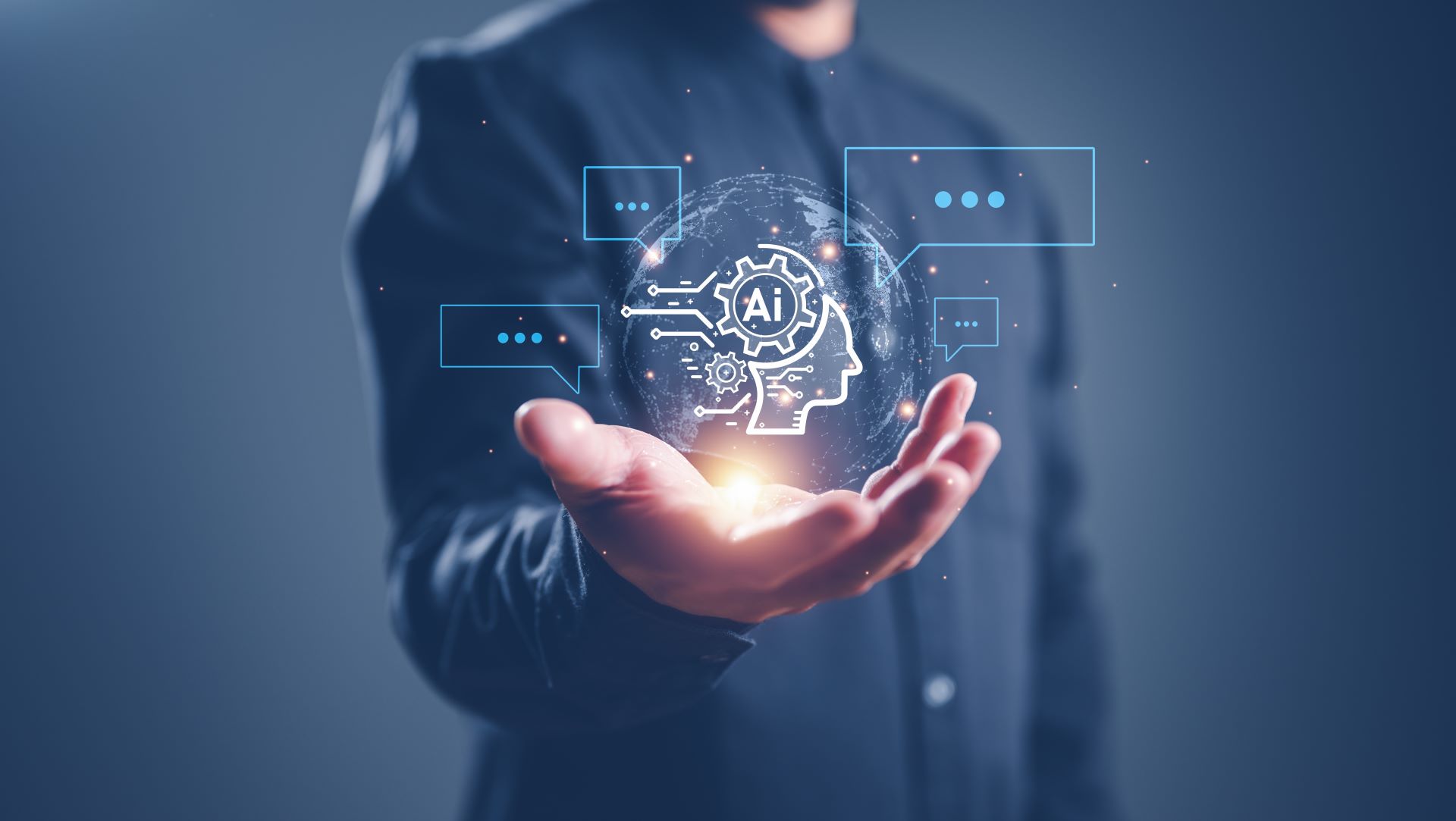
A new Federal Reserve Bank of St. Louis study reveals that generative AI (GenAI) is reshaping workplaces faster than any substantial technology wave since the personal computer.
The St. Louis Fed found that 23% of U.S. workers now use GenAI tools weekly, with about 9% doing so daily. The research, based on surveys of over 10,000 working-age adults, shows GenAI adoption outpacing even early PC and Internet trajectories—a development poised to redefine CIO and enterprise transformation priorities as they grapple with balancing innovation, security and workforce modernization.
The Consumerization Challenge
Additionally, the study found that 34% of workers who use GenAI daily believe they are saving at least four work hours a week. The time savings primarily come from writing, at about 40% of workers; administrative tasks, at 26%; and data analysis, at 23%. What some CIOs may find troubling is that 58% of GenAI adoption originates from employee-driven usage rather than formal enterprise implementation.
The research suggests that to manage AI effectively enterprises need to develop ethical AI usage for rapidly evolving tools, invest in secure AI systems that can be used (rather than staff using tools that aren’t ready for enterprise use), and develop retraining programs that target age and sex disparities.
CIOs who’ve been around for a while will quickly relate to the trend as being identical to the early days of the iPhone and tablets, and the bring your device period, along with the shadow IT era that grew out of early adoption of cloud services by staff and business units.
“Managing AI entering the enterprise isn’t exactly a new challenge. We saw this with mobile devices, cloud, and the consumerization of IT,” says Jonathan Feldman, CIO at Wake County, North Carolina. “It’s essentially the same playbook around establishing reasonable governance to ensure the right security safeguards are in place without stifling innovative use and enabling people wanting to do their jobs better,” he says.
Industry Divides Reshape Strategic Priorities
The study found significant differences in GenAI adoption across industries. According to the St Louis Federal Reserve Bank, information services lead at 58% workforce penetration, followed by professional services (41%) and finance (38%). Leisure/hospitality (15%) and transportation (17%) are lower, probably pointing to the type of work performed rather than the inherent resistance to AI.
In tech-forward sectors, CIOs face pressure to optimize their GenAI infrastructure. The research shows computer/mathematical occupations already dedicate 9-12% of work hours to GenAI tools, achieving 2.1-2.5% time savings. Strategic investments might focus on scaling AI-assisted coding platforms or automating technical documentation.
Meanwhile, CIOs in some industries that lag adoption may want to consider spearheading pilot programs that demonstrate straightforward investment returns.
The study identifies low-hanging fruit in sectors like health care support, where GenAI could automate 25% of administrative work, and manufacturing, where AI-assisted quality control systems show promise. Notably, despite moderate predicted AI exposure, management roles exhibit 42% adoption rates, suggesting business leadership seeks productivity gains through AI-enhanced decision-making tools.
Productivity Paradox Emerges
The paper estimates GenAI currently saves 1.4% of total U.S. work hours, equivalent to an astonishing 1.1% potential productivity gains. Time savings correlate more with usage. The daily users who believe they are saving at least four hours typically work in middle-management or technical roles—not executive positions—underscoring AI’s capacity to augment mid-tier knowledge work.
This aligns with the study’s wage analysis, which shows that GenAI users earn 21% more than non-users, primarily through efficiency gains. However, the researchers caution that productivity metrics may understate real-world impacts, as workers often repurpose saved time for higher-value tasks.
Governance Gap Looms Large
Among the most pressing challenges for CIOs discussed in the study confirms what many have already cited as a significant concern: Lack of internal AI governance. While 26% of workers use GenAI professionally, only 5.4% of firms had formal AI adoption policies as of February 2024. This governance vacuum creates compliance risks as employees increasingly rely on unsanctioned tools—another parallel to the early shadow IT era.
The researchers suggest enterprises develop “adaptive frameworks” rather than blanket bans. Industries like legal services—where GenAI adoption trails predictions by 15%—show the risks of overregulation, while sectors embracing controlled experimentation (like tech) see faster productivity integration. CIOs must, therefore, walk a tightrope: Implementing guardrails against hallucinations and data leaks while preserving employee autonomy and driving current efficiency gains.
AI Digs Deep Into the Enterprise
The study signals a pivotal moment for enterprise technology leadership as GenAI-assisted work hours are projected to grow from 1-5% today to 15-20% by 2027. CIOs who successfully formalize AI integration could unlock $200B+ in annual productivity gains, while those failing to address adoption disparities risk exacerbating the workforce divide. With the technology’s impact already measurable at macroeconomic scales, the era of passive AI observation has ended—strategic, human-centered implementation has become the new boardroom imperative.
Anand Logani, EVP, chief digital officer at global analytics and digital solutions company EXL, says those unlocked productivity gains can stem from a “complete reimagination” of processes and workflows within their enterprises.
“Whole workflows can be disrupted. For instance, if you were processing something that took the organization seven steps and two people to see to completion, such as when a customer contacts you in one of your communication channels, whether that’s phone, portal, chat or email, you can use multiple agents to understand the intent of the contract and the work involved and develop the right automated response fed by intelligence provided from your LLMs,” Logani said. “There’s a lot of disruption and efficiencies to be gained with AI,” he said.
